When should I start feeding my seedlings?
Ariel
7 years ago
last modified: 7 years ago
Featured Answer
Sort by:Oldest
Comments (8)
Ariel
7 years agoRelated Discussions
when should I start my seedling transplants?
Comments (4)kawaiineko: You're on the right track keeping up with the weather & knowing that the plants can be aggravated when they're potted up, but that it helps them. I transplant mine either once or twice, depending upon start date. I start the seeds in whatever container (3 inch square pots this year with Pro Mix Seedling Mix) & keep them in there until they get rootbound (if using pellets or something smaller, transplant them earlier). At that point, in the past, i'd move them from the cell/pellet/etc. into 16-20 oz plastic cups which hopefully last until they go in their final homes. Trick is to only transplant when they get rootbound cuz it's much harder then to distrub them. They may very well still "stall" growth for a week or so after a potting up, but don't worry about this, they are growing where you can't see (roots) at that time. They'll take back off. Anyway, all this usually takes up about 2 months until they just have to go into their final homes. Hence, 2 months from last frost date here, which is the middle of February (ish). Hope this helps. :) - Steve...See MoreWhen should I transplant my seedlings?
Comments (4)Thanks calistoga for the advice, I will leave them in there cells a little longer, but remove them from the bottom heat. It shouldn't be to hard to cut there cells away from the rest of the seed flat. I will just have to be careful not to jar the adjacent cells to hard. As for damping off, I am using an all natural product called Damp Aid. I mixed it into the growing medium before I sowed in the seed, and I also use it as a top dressing after watering. It has a wonderful sent to it, and so far seems to be working well. I also have good air circulation around the flat, the only draw back is that my soil drys out much faster so I really have to keep an eye on them. Thanks again for your advice, it is greatly appreciated!...See MoreWhen Should I Start My Long Keeper Seeds?
Comments (7)taz, even though we are both zone 6 our growing seasons are much different. I live in the southern mountains of West Virginia. Even though our average last frost date is May 10th, where I live we have had snow as late as the end of May. Therefore I do not start my main crop of tomatoes until the middle of March and then that is a couple of weeks early for me. As Carolyn has said, it is better to plant a somewhat smaller plant than to plant one that is too large and the term large being relative to the individuals own growing situation and preference. Many people in my area wait until Memorial Day to plant tomatoes. Our soil temps really wonÂt be that warm until mid to late May. Last year was a perfect example, many people went ahead and planted early and their plants sulked until the weather warmed up. Which it never really did for us, we had a very cool summer last year. As far as my Long Keepers, by having them in the large pots I will be able to throw some blankets over them to protect them from our first frost. By doing this I can extend their season by another 2 weeks to a month, depending on the weather. This can make all the difference in the amount of ripe fruits that I can harvest. My main crop of tomatoes is now in the little greenhouse, becoming accustomed to the outdoor environment. They will be ready to go in the ground as soon as the weather allows....See MoreWhen should I start fertilising my Lemon Tree?
Comments (2)Where do you live? Do you get winter? Will you bring them inside? Will it be outside all year? What kind of fertilizer? Whether you fertilize during winter is dependent on how much sun and warmth you provide. Also the type of mix you use.)...See MoreAriel
7 years agolast modified: 7 years agoesox07 (4b) Wisconsin
7 years agolast modified: 7 years agoagmss15
7 years agogreenman28 NorCal 7b/8a
7 years agoJean
7 years ago
Related Stories
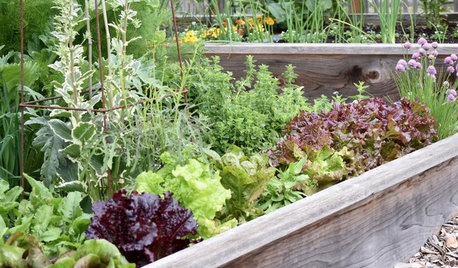
GARDENING GUIDESSeeds or Seedlings? How to Get Your Garden Started
Growing delicious herbs and vegetables starts with knowing your goals and when you want to plant
Full Story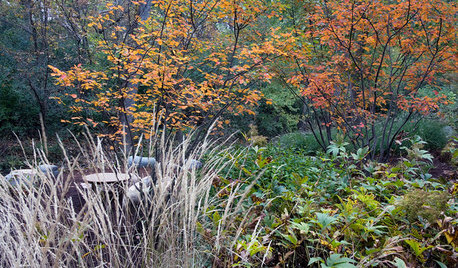
GARDENING GUIDES8 Native Shrubs for Year-Round Bird Feeding
It’s not just about berries. These plants provide insects for birds and seasonal interest for gardeners
Full Story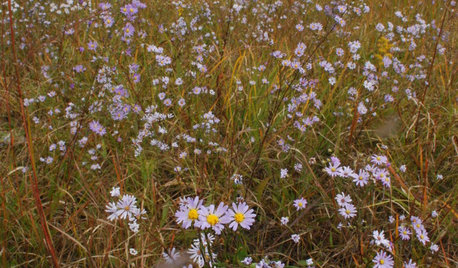
GARDENING GUIDES15 Native Flowers That Feed Native Bees
These perennials offer superfood to hundreds of bees and are gorgeous in their own right
Full Story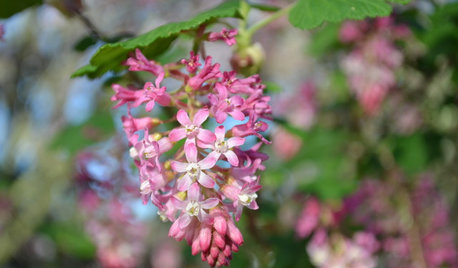
GARDENING GUIDESGreat Design Plant: Feed Wildlife With Flowering Currant
Blossoms and berries make this plant irresistible to birds, bees and other critters — and a treat for the eyes too
Full Story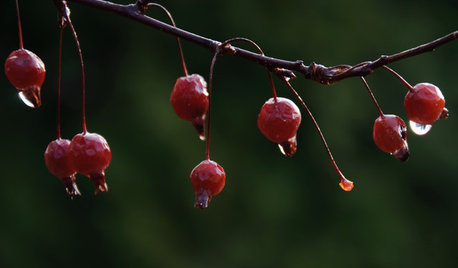
GARDENING FOR BIRDSFeed the Birds: 6 Plants for Abundant Winter Berries
Be kind to your fair feathered friends during lean food times by planting a shrub or tree loaded with nutritious snacks
Full Story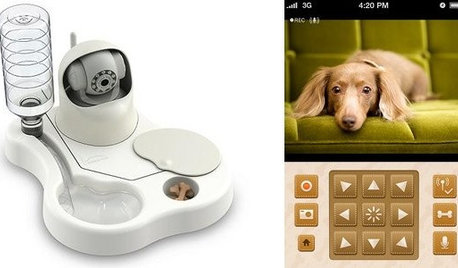
HOME TECHTo Feed and Protect: Care for Your Pet From Afar With New Devices
You might miss the nuzzles, but your dog or cat won't miss food, water or monitoring with these high-tech feeders and cameras
Full Story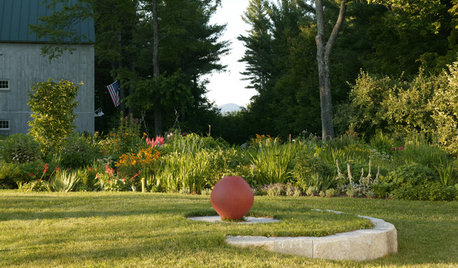
LANDSCAPE DESIGNWhen Less Is Really More in Your Garden
8 ways you can make a powerful garden statement by embracing simplicity and surroundings
Full Story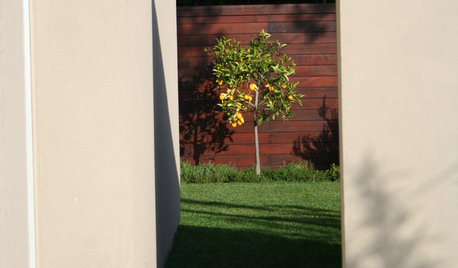
GARDENING AND LANDSCAPINGCitrus 101: Start Your Own Backyard Orchard
This Earth Day Weekend, Add Some Green, Style and Deliciousness to Your Landscape
Full Story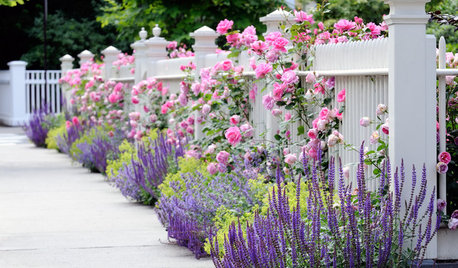
GARDENING GUIDES10 Tips to Start a Garden — Can-Do Ideas for Beginners
Green up your landscape even if you're short on time, money and knowledge, with these manageable steps for first-time gardeners
Full Story
COLORWant More Color in Your Home? Here’s How to Get Started
Lose your fear of dabbling in new hues with these expert words of advice
Full StorySponsored
Zanesville's Most Skilled & Knowledgeable Home Improvement Specialists



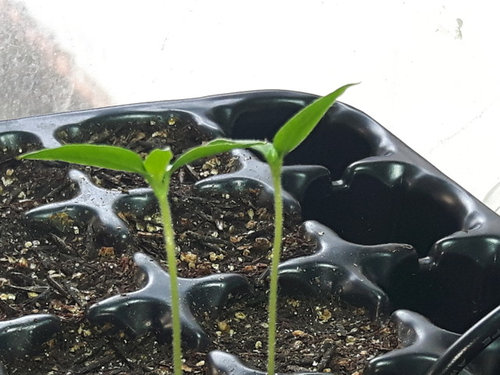
esox07 (4b) Wisconsin